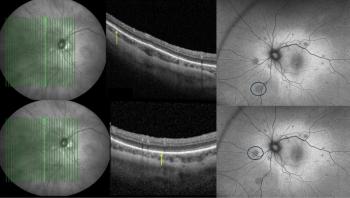
Minimally invasive strabismus surgery vs the limbal approach
As with all medical disciplines, the goal of every surgeon is to perform surgery that is minimally invasive, in order to reduce the risk of unwanted complications and a poor postoperative appearance, and to increase patient comfort and satisfaction.
As with all medical disciplines, the goal of every surgeon is to perform surgery that is minimally invasive, in order to reduce the risk of unwanted complications and a poor postoperative appearance, and to increase patient comfort and satisfaction.
Strabismus surgery is no different. The size of the conjunctival incision made during strabismus surgery is one of the main factors influencing patient quality of life, cosmesis and the function of the operated muscle. As such, some surgeons have attempted to limit the size of the incision in order to enhance postoperative outcomes.
The procedure step-by-step
"This surgical procedure can be performed using the same instruments as those required for the limbal approach and only the surgeon is required, so an assistant is not necessary," said Dr Mojon.
The steps required to perform MISS follow.
Newsletter
Get the essential updates shaping the future of pharma manufacturing and compliance—subscribe today to Pharmaceutical Technology and never miss a breakthrough.













































